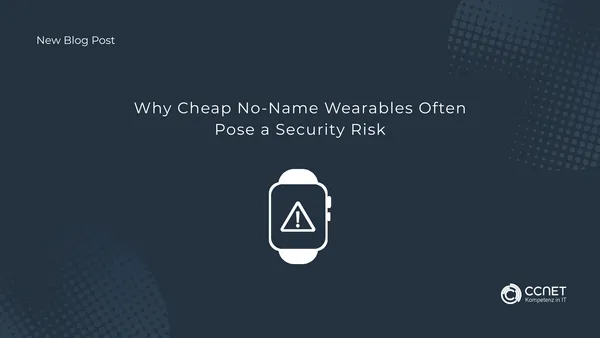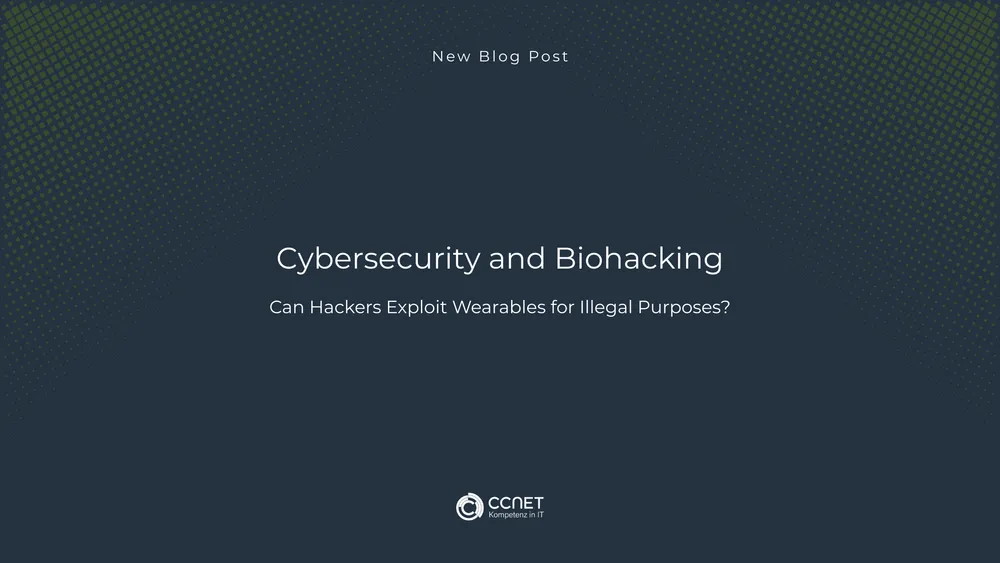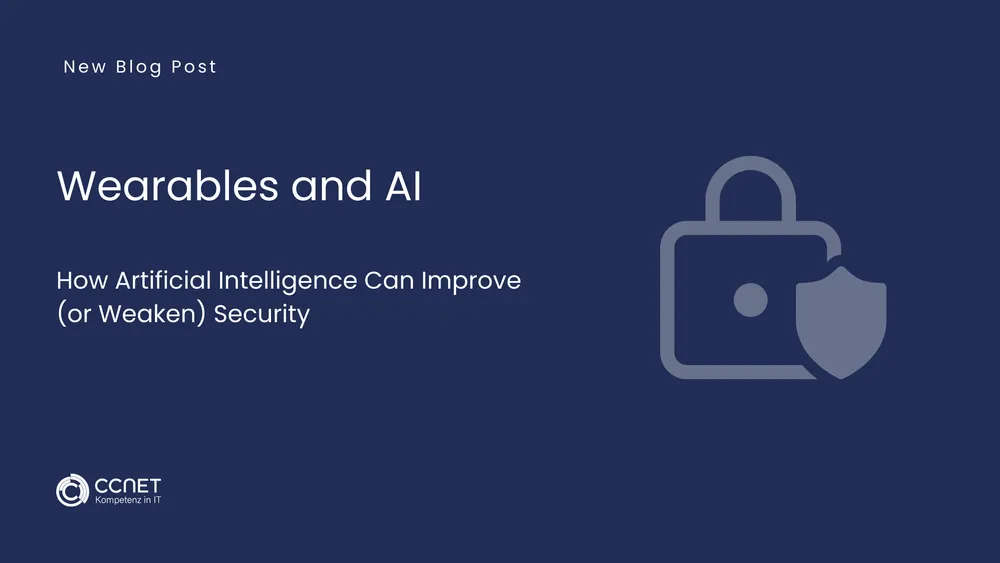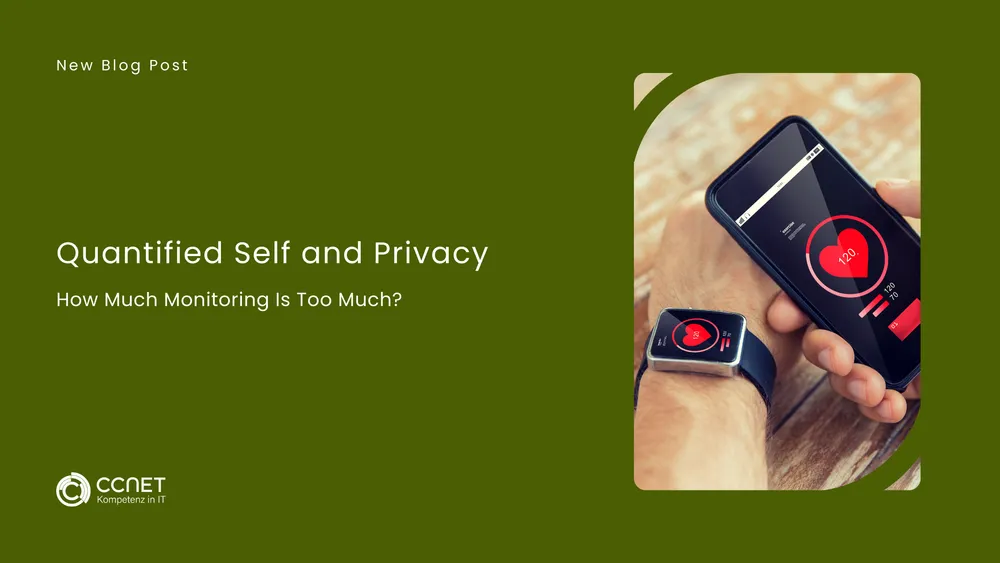
CCNet
Aug 8, 2025 • 2 min read

Why Cheap No-Name Wearables Often Pose a Security Risk
Low-cost fitness trackers and smartwatches are booming. On online marketplaces, countless models are available for under 30 euros—often from unknown brands. While the price is tempting, these wearables often lack basic security features. In this article, we explain why cheap no-name wearables are problematic from a data protection and cybersecurity perspective.
1. Missing Encryption
Many budget wearables do not encrypt the health data they collect. Data is transmitted in plain text via Bluetooth, allowing it to be intercepted with simple tools. Sensitive data such as heart rate, sleep rhythm, or step count can easily be tapped into.
2. Insecure Companion Apps
Cheap wearables often rely on apps from little-known developers. These apps may:
- Request excessive permissions
- Transmit data to third countries without consent
- Contain vulnerabilities or even malware
Additionally, many of these apps are not regularly updated or maintained, increasing long-term risks.
3. No Firmware Updates
Once sold, many low-cost wearables receive no further support. Known vulnerabilities remain unpatched, allowing attackers to continue exploiting them. This is especially critical for devices that are always connected via Bluetooth.
4. Lack of Transparency
Often, users do not know where their data ends up. The privacy policies of no-name providers are vague or nonexistent. Users have no insight into:
- What data is collected
- How it is processed
- With whom it is shared
This not only violates basic data protection principles but also facilitates misuse.
5. Potential Backdoors and Malware
Some very inexpensive devices have been found to contain pre-installed backdoors. These can:
- Send data to unknown servers
- Activate sensors unnoticed
- Serve as botnet nodes
Such functions are difficult to detect for average users.
6. How to Identify Unsafe Devices
Be wary of the following signs:
- Very low price with extensive functionality
- Unknown brand without manufacturer contact details
- Missing certifications (CE mark, FCC, etc.)
- Companion apps not listed in official app stores
- No information about updates or data usage
7. Recommendations for Secure Wearable Use
- Use only devices from reputable manufacturers
- Read the privacy policy before purchase
- Check whether the app is regularly updated
- Review app permissions and turn off unnecessary ones
- Avoid storing sensitive health data if the device is not trustworthy
Conclusion: Cheap Can Become Expensive
The initial savings on a no-name wearable can lead to high risks. Lack of encryption, unclear data usage, and missing updates make these devices a security hazard. For secure use, it’s better to invest in certified and well-supported models that guarantee user privacy.


